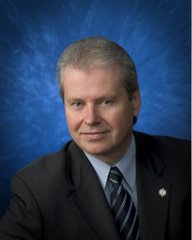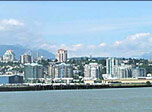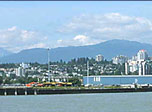Fairness Through Discrimination
Governments and institutions fall over themselves to claim they are “inclusive, diverse, and safe places” for all. What does that really mean? It is code or doublespeak for inherent discrimination or what is called “affirmative action.”
These policies and programs of bias have been tested in the Courts and have been found as not discriminatory under various Provincial Human Rights Codes. This reasoning has a long academic and political history, culminating with enabling legislation as well as “tribunals” to adjudicate complaints under these Codes. In essence, the idea is that social interventions must be made that override basic equality of the individual, merit points, test scores, credential requirements, admission standards, etc. to make life “fair”. These concepts have also been embedded into the Canadian Criminal Code, as various sections prescribe that not all Canadians are equal before the Criminal law.
A shifting undefined criterion of “fairness” is pursued, as some disadvantaged individuals are deemed worthy of special treatment (advantage). Our society espouses “equality” without discrimination. Then we have spent the last years, undermining “equality” with many pages of extra law, rules, and regulations to tweak (with legal compulsion), desired outcomes to manufacture “substantive” equality. The justification is made, that to treat people equally we must treat people differently.
Simon Fraser University followed the preferential hiring of a scholar for a tenure-track position in the Faculty of Health Sciences to a candidate who self-identified as Indigenous. The University of British Columbia plans the appointment of 12 Canada Research Chair program positions.
Exclusive hiring of a female biology professional at UBC Okanagan campus, and exclusive hiring of an Indigenous candidate for multiple Allard School of Law faculty positions. UBC will also restrict eligibility for a research experience program to students from equity-deserving groups.
Section 42 of the BC Code allows biased employment programs if they appear to have an objective to ameliorate disadvantage because of Indigenous identity, race, colour, ancestry, place of origin, physical or mental disability, sex, sexual orientation, or gender identity or expression; and seems likely to achieve the objective.
The claim is that differential treatment is not discrimination. A “special program” is any program that aims to improve the conditions for an individual or group that has faced a disadvantage.
Most Canadians are not aware of these trends in law. Then comes the question of whether these legal manipulations actually work. Additionally, as the incentive regimes are skewed, the predictable response in a competitive job market from individuals is to creatively adapt to get ahead. For example, the media is now documenting stories of individuals self-identifying as Aboriginal without legitimacy for such a claim. The marketplace hurdles become rigged, so naturally, the response of individuals becomes rigged.
Accountability and measures of efficacy are hard to find. Many issues are raised that require reflection, analysis, and rigorous evaluation.










No comments:
Post a Comment